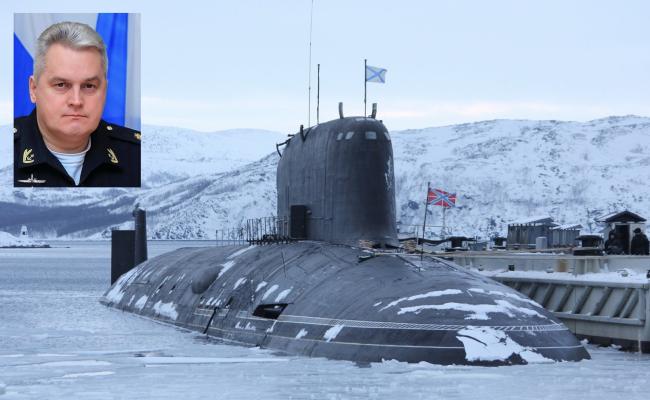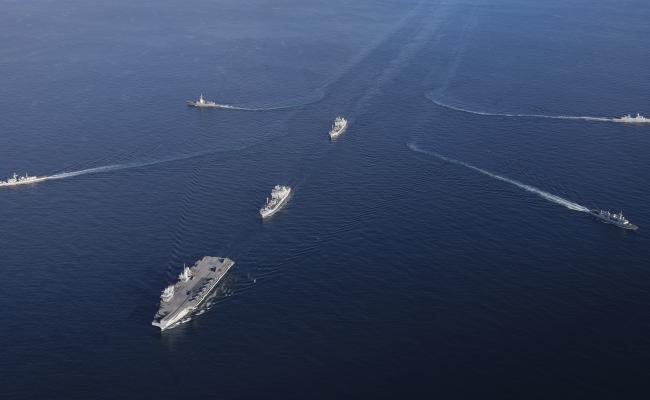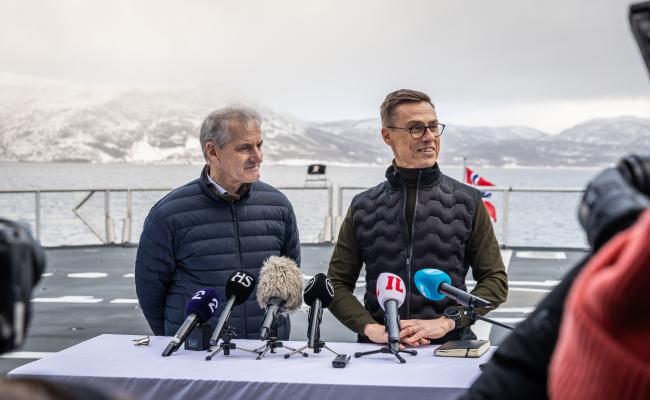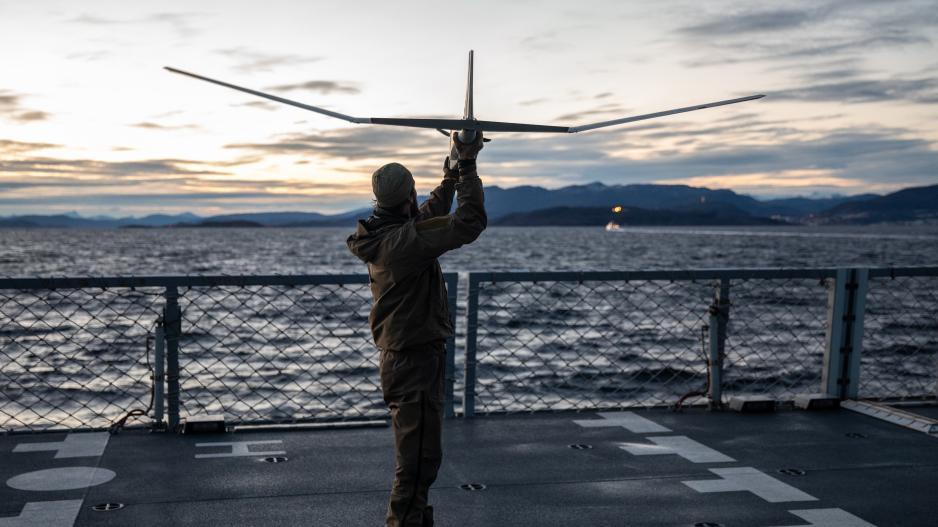
PHOTO GALLERY: The Coastal Ranger Command is central to developing drone operations in the Norwegian Navy. Here, the command tests a drone of the RQ-20A Puma type aboard the Norwegian frigate KNM Fridtjof Nansen during the marine exercise Flotex 2022. This American-produced drone is primarily suited for surveillance and intelligence. (Photo: Odin Vinje Kjendalen / the Armed Forces) >
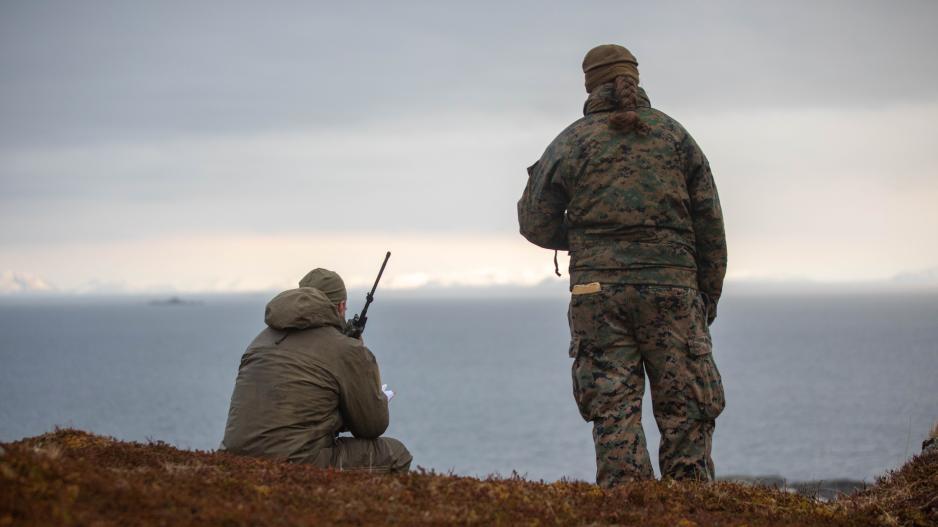
From the Formidable Shield 2023 exercise at Andøya, Northern Norway: Here, the Coastal Ranger Command is practicing with the US Marine Corps on localizing a target (in the form of a drone) and communicating its position to the Norwegian corvette KNM Gnist for protection. (Photo: Tiril Haslestad / the Norwegian Armed Forces) >
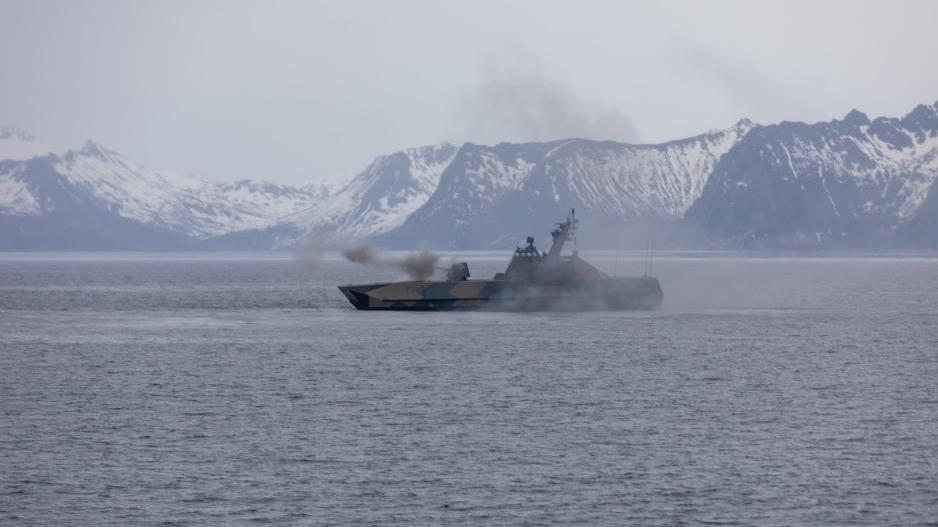
Cont. Formidable Shield 2023: The corvette KNM Gnist shoots at the drone target. (Photo: Tiril Haslestad / the Norwegian Armed Forces)






